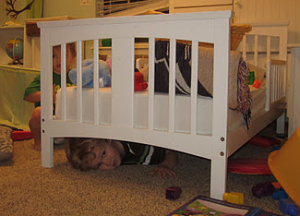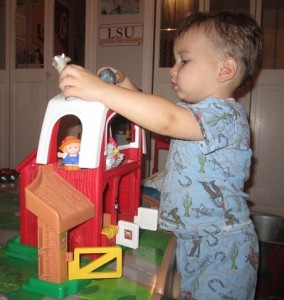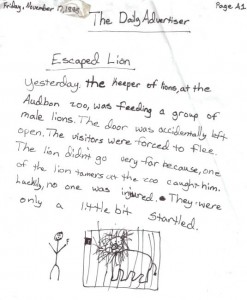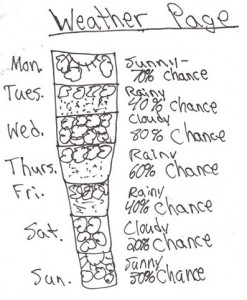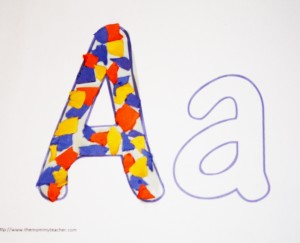Alright, I am back online and ready to share some more GREAT activity ideas with you all 🙂 Oh, mckayla just gave me an early Christmas present; I’ll be back in 5. Oh, the joys of writing posts with a newborn again!
Have you ever met a little one that doesn’t like hide and seek? I haven’t. My little one likes for me to cheat and point out where someone is hiding, but another spin on hide and seek that I love to play with little ones is ABC hide and seek.
First, I like to set the tone by reading a book that sets up the activity. This is a great one:

Next, I hide the letters of the alphabet all around ONE room. Then I have little ones go on a letter hunt to find 26 letters. We count them out and put them in order to make sure that we have them all. This is a simple but great activity you can do in your house using any set of letters that you have, but I have to share some cute amazon finds:
To Accommodate: If your kids know their upper and lower case letters like the back of their hand – hide sight words
If your kids don’t know any letters yet, hide only the letters in their name and have him/her walk around with a paper with their name spelled out in large letters so that when they find it they can look on the paper and mark it off the sheet when they find a letter in their name.

